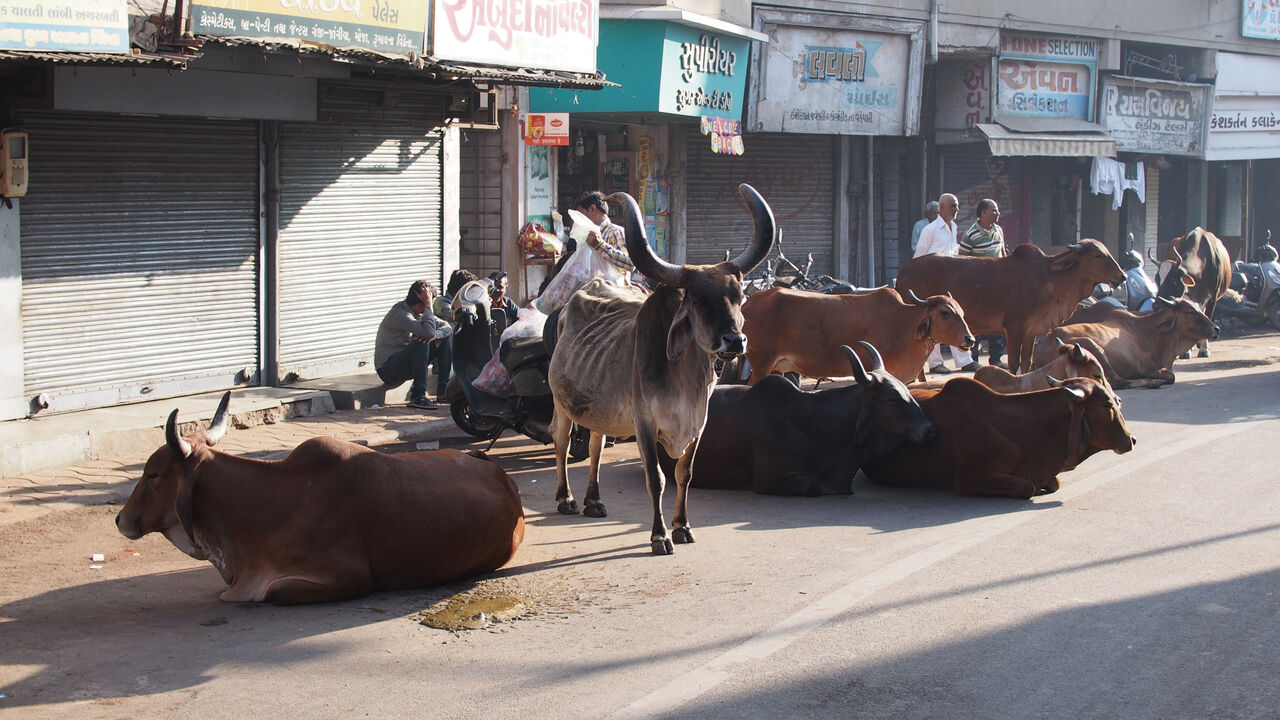Desakota Uncertainties
Navigating and dwelling within the novel, hybrid geographies of the urban-rural fringe.
Part of the author’s reflections on These Uncertain Times
Part of the Network, in the Moment, Aware of the Times
Where modernity and global capitalism were founded on the “pretense of stable environments and economies”, fortified by technical-managerial experts and “structures of appropriation and control”, the shared sense of linear, stable, self-consciously “modern” systems, amenable to technical risk management — elevated in discourse, if only as an index or ideal (“and here’s what you could have won”) — has been weakening for some time. Scoones and Stirling, “Uncertainty and the politics of transformation” A central condition of These Uncertain Times.
Concurrently and in parallel, the new mobilities, precarity, and proliferating uncertainties of life in the world’s expanding (and transforming) cities have, for many, narrowed the gap between nomad, migrant, and rural experiences and those of city-dwellers, who are increasingly exposed to shocks, system failures, variabilities, ruptures, discontinuities, escalations, and other forms of non-linear change. Scoones, “What is uncertainty and why does it matter?” At the same time, pastoralist herders are forced to extend and modify tried-and-tested uncertainty-taming practices to achieve reliability in the face of commodification, globalisation, and climate change — meeting variable, unpredictable inputs with a diverse repertoire of processes and strategies, just like the “control room operators of a large electric power plant” Roe, “A new policy narrative for pastoralism?” Underfunded and overstretched, infrastructurally splintered, our new urban geographies are not necessarily the rational, modernist cities of the Euro-American ideal. See Graham and Marvin, Splintering Urbanism Instead, people dwell within novel hybrids, blends of the urban-rural fringe; navigating a desakota urbanism Derived from the Indonesian words desa (village) and kota (city), desakota denotes areas in the periphery of large cities, characterised by high levels of mobility and rapid change, and where urban and rural land and settlement patterns are hard to disentangle. of tendrils and rhizomes, gated communities and special economic zones, “surging beyond metropolitan boundaries, sprawling across major highways and leapfrogging in multiple directions.” Ortega, “Desakota 2.0: Worlding hybrid spaces in the global urban” In these splintered interzones, urban and rural need not be mutually exclusive. Take the case of once-nomadic Gujarati Maldhari herders’ agitation against a new law to control stray cattle on city streets; an assertion of “strong community identity across sub-caste groups and rural-urban frontiers.”
Mehta, “The cow and the city: How Maldharis challenge Gujarat’s ideas of urbanisation”


Where social scientists have long projected the convergence of, for example, African lifeworlds with those of the rich north, “the opposite seems to be happening.” Johnson-Hanks, “Vital conjunctures revisited” For those entering adulthood in the twenty-first century, wherever they are, uncertainty is ever-present, irreducible, endlessly proliferating — and not just as a quality of their environment, but also, increasingly, a marker of identity. Here, as Jennifer Johnson-Hanks describes:
Giving up flexibility would be naive; working for one company our life would be grim. Keeping options open means being part of network, in the moment, aware of the times.Johnson-Hanks, “Vital conjunctures revisited”
Part of the network, in the moment, aware of the times. Its manifestations may be differentiated or culturally-specific — details may vary — but uncertainty can provide a common context; serving not as a general-purpose explanation or way of bracketing responsibility, but a provisional, jerry-rigged hinge between dissimilar worlds.
Life, life support, and the afterlives of (im)possible worlds
🝓
Further reading & references.